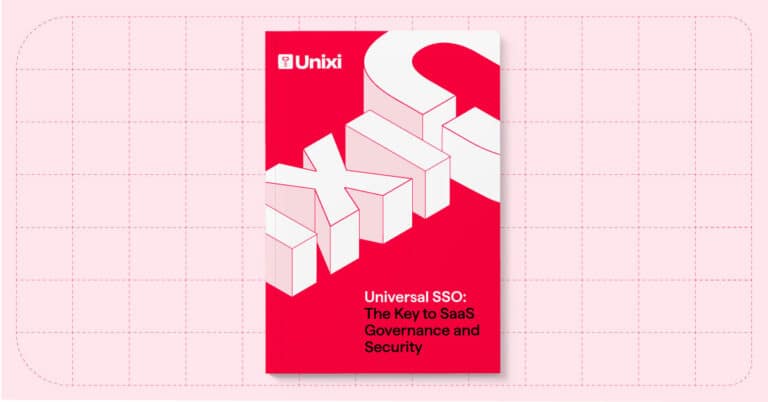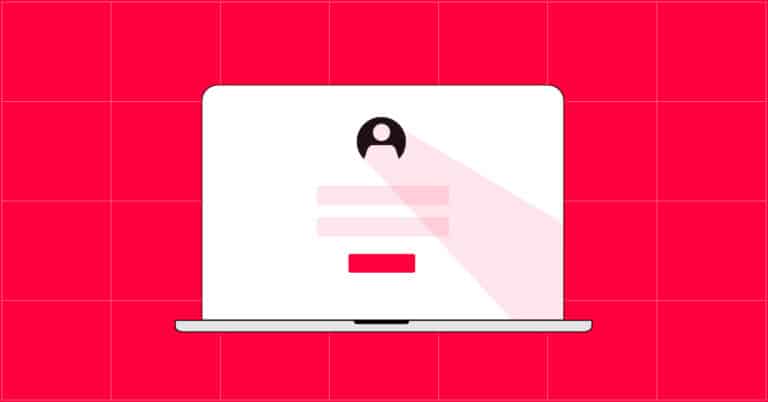Multi-Factor Authentication (MFA) is widely recognized for enhancing security by requiring at least two forms of verification: usually something you know (like a password) and something you have (typically a mobile device). This method undoubtedly complicates a hacker’s job by necessitating the breach of two security barriers instead of one. However, MFA is not foolproof. It inherently possesses vulnerabilities and can instill a false sense of security among users. This phenomenon is similar to the risk compensation behavior observed in individuals wearing safety helmets while cycling—they may take greater risks, assuming they are well-protected.
The Threat of SIM Swapping
SIM swapping emerges as a significant threat by exploiting these vulnerabilities in MFA. This tactic involves a hacker persuading a mobile service provider to transfer a victim’s phone number to a new SIM card controlled by the hacker. Consequently, all MFA prompts intended for the victim are redirected to the hacker, effectively bypassing MFA protections. There are three primary methods through which SIM swapping can be executed:
- Social engineering to convince the provider to redirect mobile traffic.
- Collusion with an insider within the mobile service provider.
- Interception of SMS communications, which can be achieved through digital or physical means.
High-Profile Incidents: The Case of Lapsus$
The cybercriminal group Lapsus$ has notoriously utilized SIM swapping to penetrate the defenses of major corporations. Their sophisticated attacks have targeted companies like NVIDIA, Microsoft, and Okta, leading to significant data breaches and security lapses:
- NVIDIA: Lapsus$ accessed internal systems and extracted 20 GB of sensitive data, including hardware schematics and employee credentials.
- Microsoft: The group infiltrated Microsoft’s network, gaining access to vital source code.
- Okta: By controlling a support engineer’s device through SIM swapping, Lapsus$ potentially compromised the data of numerous Okta customers.
These incidents highlight the critical need for robust security measures that extend beyond MFA to effectively counter attacks that circumvent MFA protection.
Enhancing Security with Unixi
To address these vulnerabilities, Unixi offers a comprehensive solution that integrates MFA with additional security layers, rendering a wide range of attacks obsolete. Unixi’s Universal Single Sign-On (USSO) not only implements MFA in a click of a button but also adds additional credential protection mechanisms, ensuring a higher level of security for applications. This approach not only mitigates the risks associated with SIM swapping but also enhances the overall security posture of companies, safeguarding sensitive data against sophisticated cyber threats.
In conclusion, while MFA is a valuable security tool, it cannot stand alone. The evolving tactics of cybercriminals, such as those employed by Lapsus$, necessitate a more integrated and robust approach to security. By adopting comprehensive solutions like Unixi’s USSO, organizations can protect themselves against the multifaceted threats posed by SIM swapping and other sophisticated cyber-attacks.



